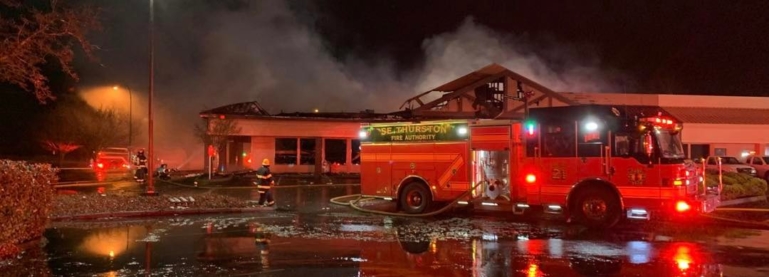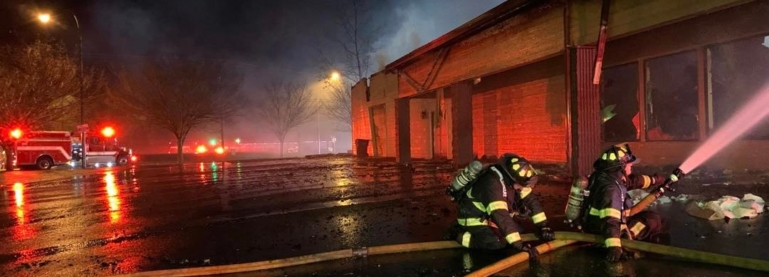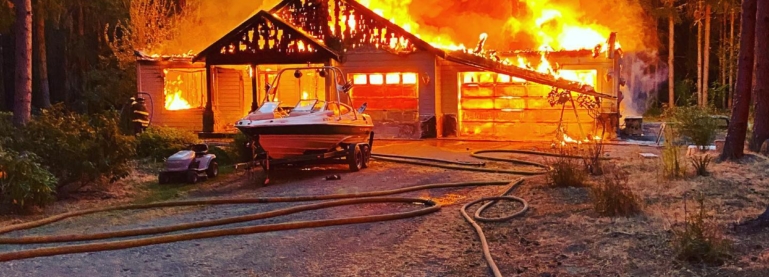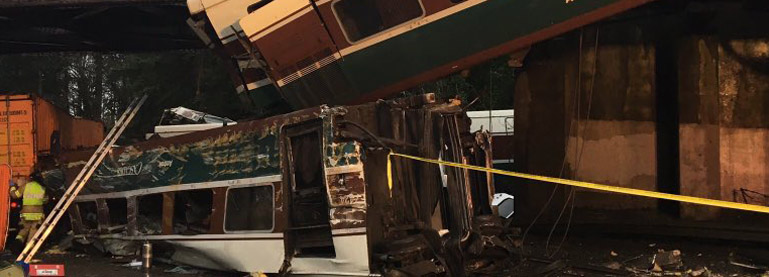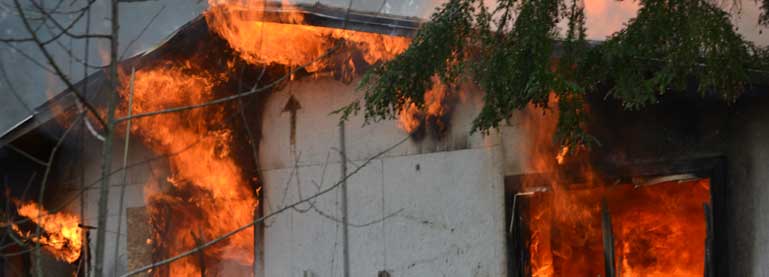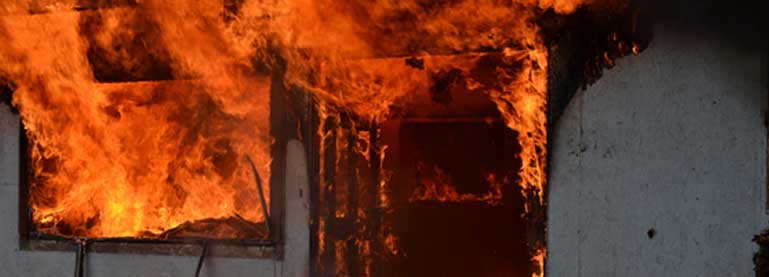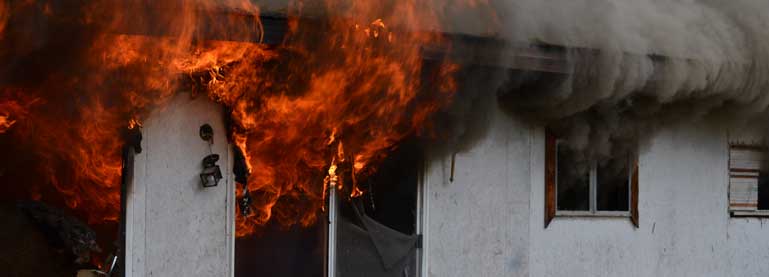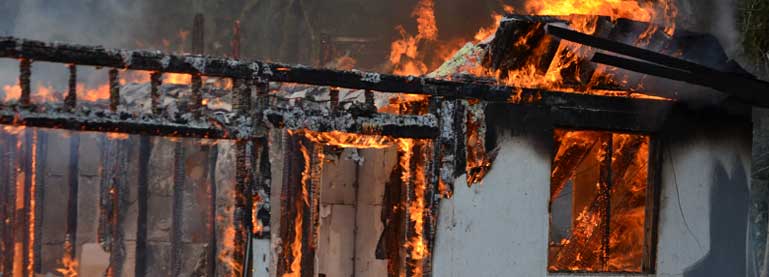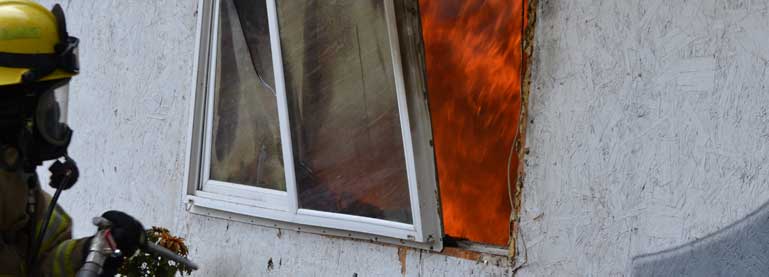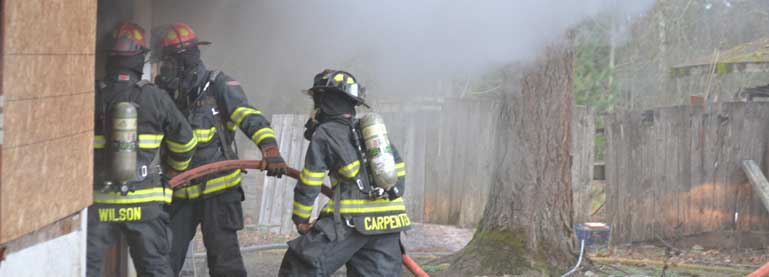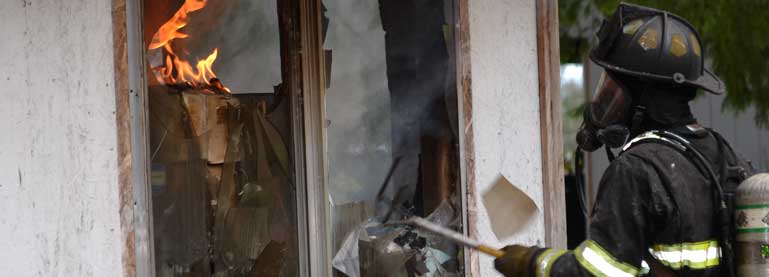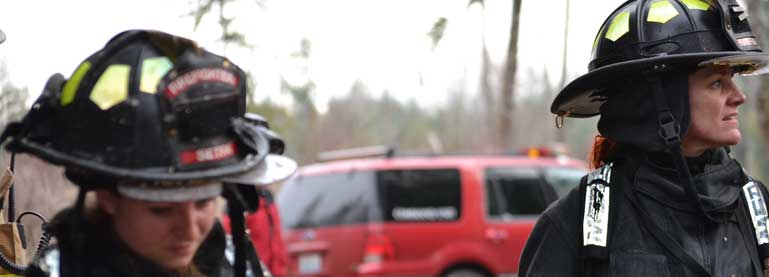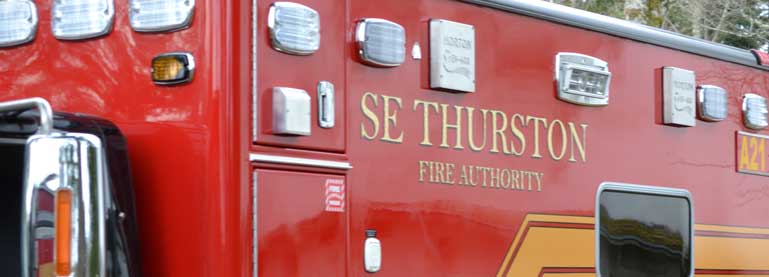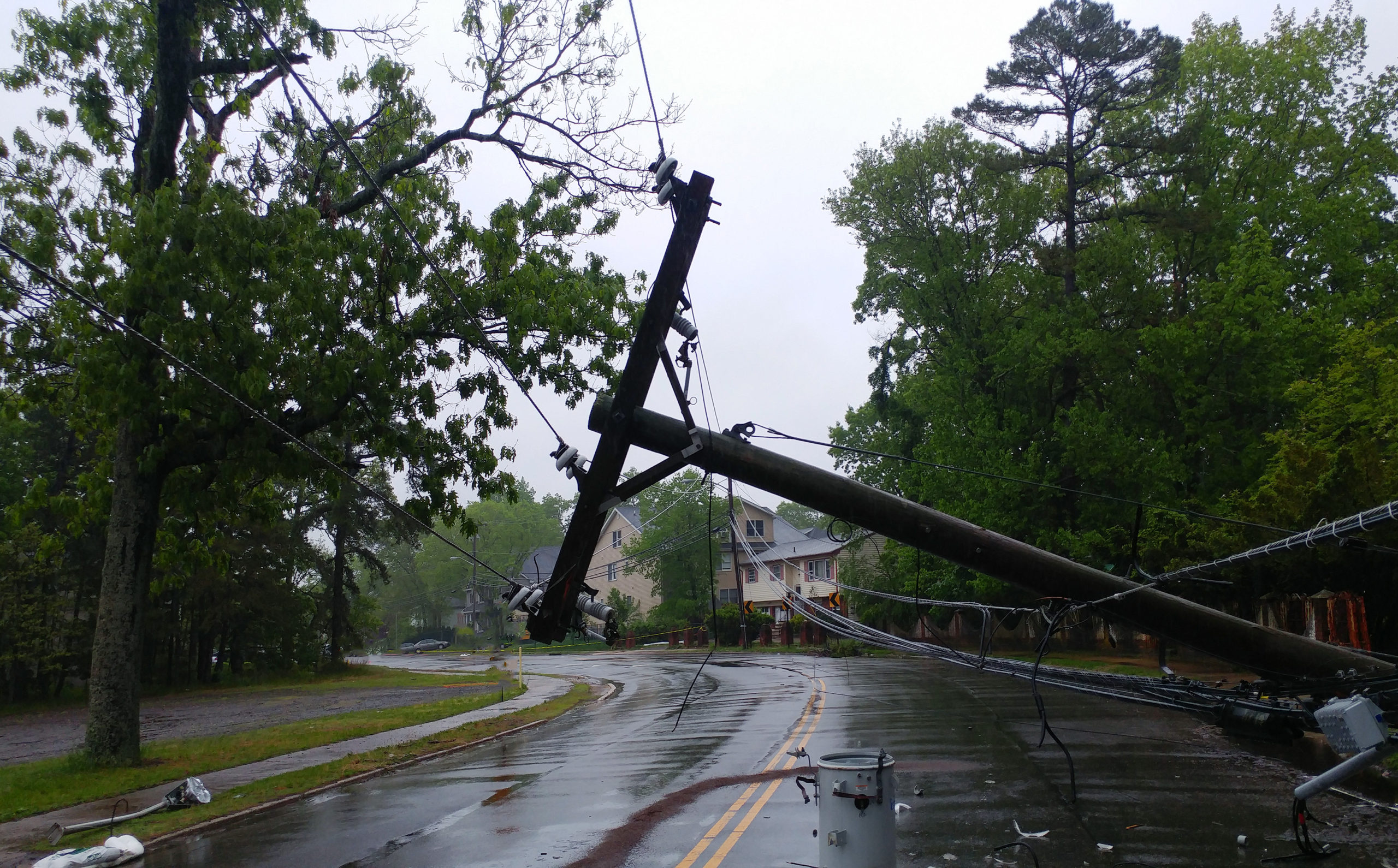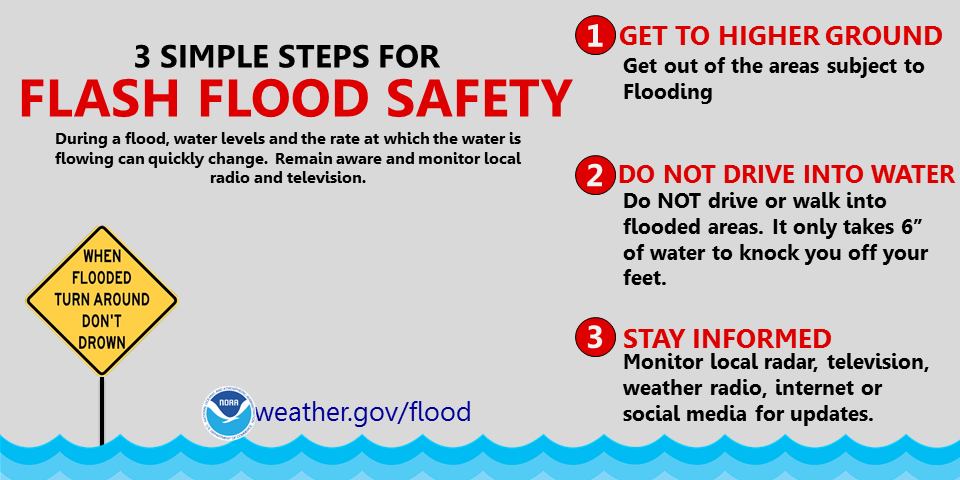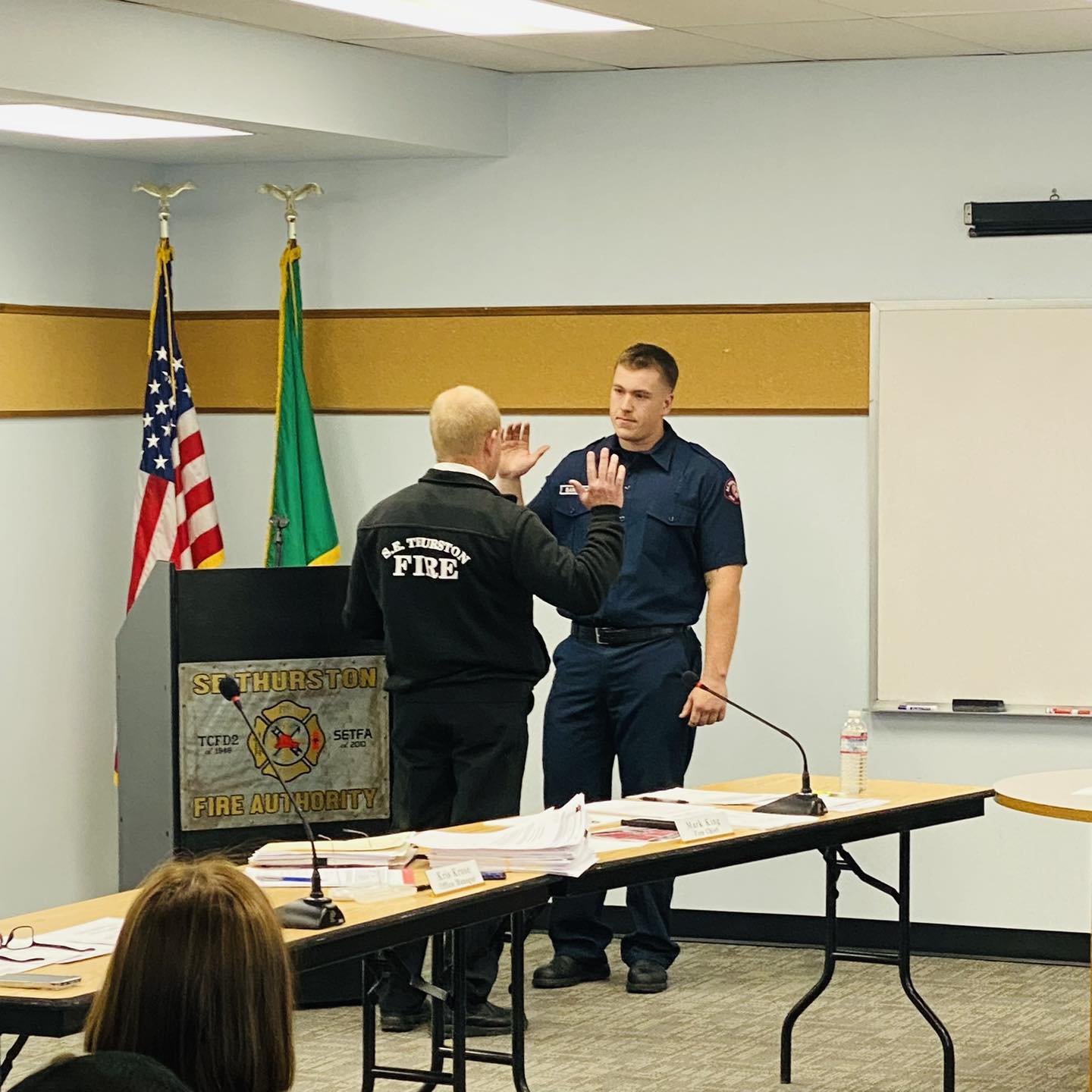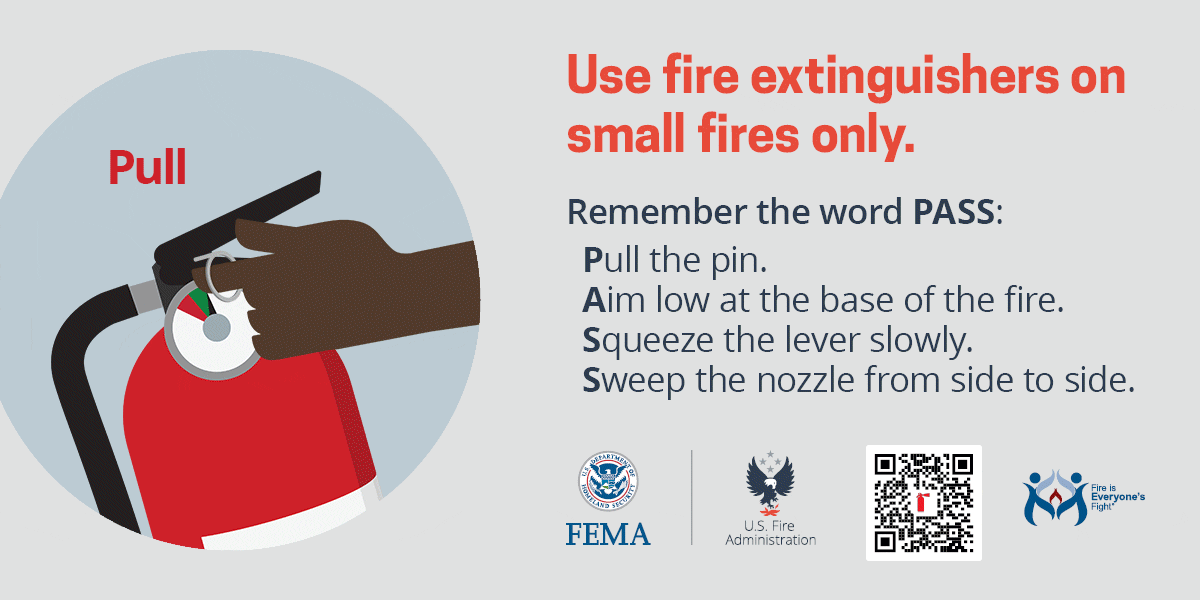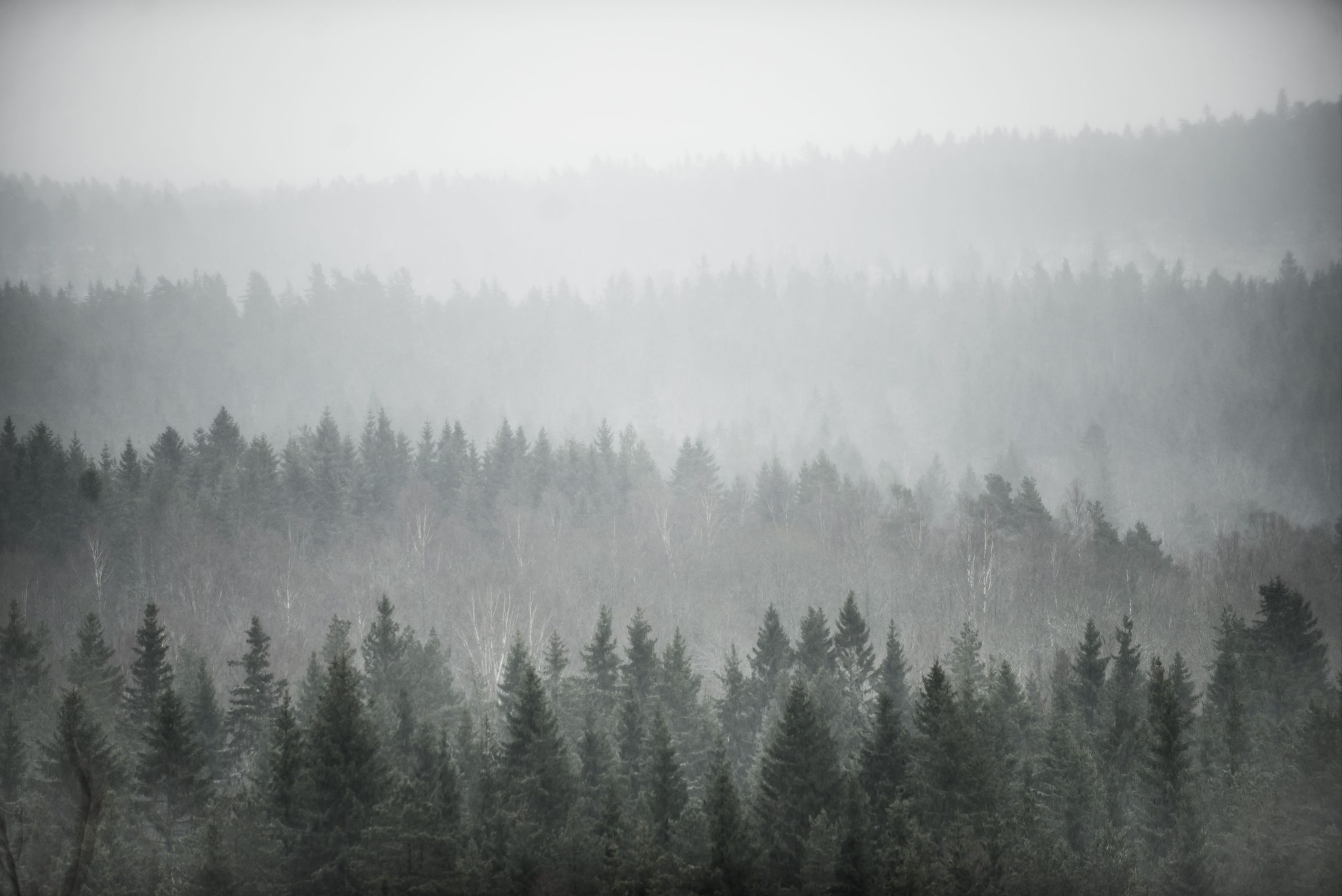
A freezing fog weather advisory was recently in effect in multiple places around Washington, such as Thurston and King counties. As it continues to get colder, conditions such as freezing fog may become more common, and it’s important to know what these conditions mean for road and general safety.
What is freezing fog?
Freezing fog is when tiny water droplets in fog are supercooled, causing them to freeze instantly on exposed surfaces if the surface temperature is at or below freezing. This presents a significant risk of ice on roads, sidewalks, etc., and can pose dangerous of falls or losing control of motor vehicles.
What should you do during freezing fog?
If at all possible, avoid travel, especially operating motorized vehicles. Rapidly developing ice can make driving quickly shift from safe to unsafe, so even if roads are in decent conditions when you begin driving they may become unsafe during your travel.

